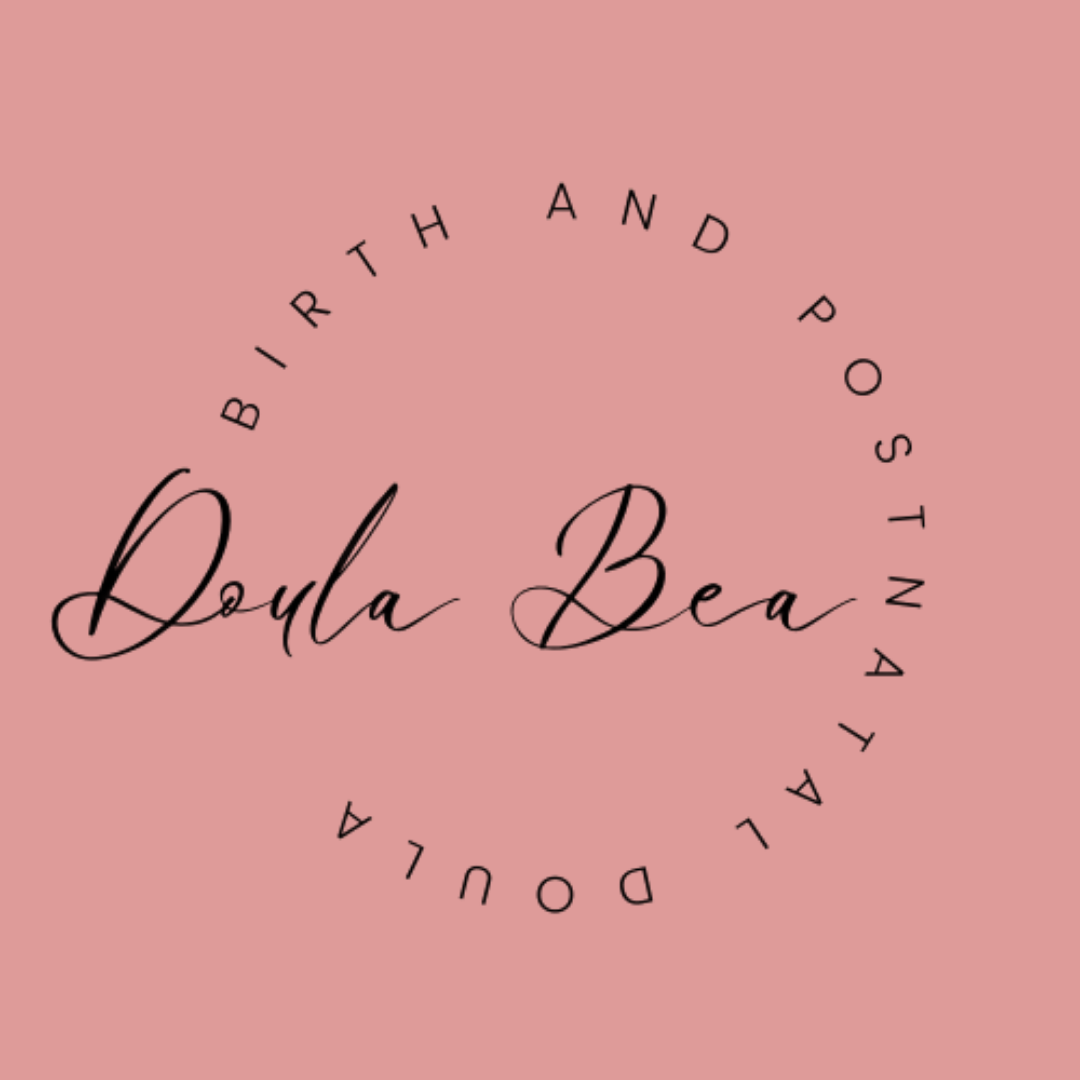Closing the Bones
What is Closing the Bones?! It is certainly not something I had ever heard of before I entered this world, but I wish I had and I’d had the opportunity to experience it after my births. I was very lucky to join Dr Sophie Messager on a webinar recently, to learn a little bit about this ancient practice, so I am sharing my learning’s with you so that you can consider whether this might be something you would benefit from postnatally.
Closing the bones is a postpartum recovery massage and wrapping ritual. It involves rocking, skin-to-skin massage, tightening of wraps around the body and sometimes a steam bath. It can take up to 5 hours and is a worldwide practice. It provides movement and healing to joints, muscles and tissues, reduces pain and discomfort and provides a place for emotional and energetic closure. It is mainly performed after birth, but can help during menopause or other change of life circumstances such as miscarriage, stillbirth, fertility struggles or car accidents.
Giving birth is a major life transition and a major physical event – in every country in the world there is (or used to be) a period of rest and nurture of about a month after birth. During this period there would be rest, food, bodywork and social support. In the UK this period was called the ‘groaning’ and was practiced regularly, up until the 50’s mothers were secluded, looked after and provided with support by the council.
Bodywork is the most neglected support pillar in today’s society, yet pregnancy and birth causes tremendous changes in multiple areas of the body – the pelvis tilts and widens, the spine curvature increases, the abdomen stretches to accommodate the growing uterus, which in turn pushes all the internal abdominal organs up and the ribs flare up to make room and during birth the pelvis opens. After birth all of this has to happen in reverse but there is no check for or treatment of issues and major pressure to ‘bounce back’ or ignore issues. It is reported that 1 in 3 women have incontinence 3 months postpartum and ½ have diastasis recti (separation of the stomach muscles) at 6 months. Women are led to believe they are the only ones struggling or that it is normal, to be expected and got on with – in fact they are often told so by medical professionals.
After the ritual women report their hips and back feeling better, being more mobile, comfortable and more ‘together’, they experience a return of skin sensation, look more relaxed and often have a ‘glow’. It can help with passing retained placenta, blood clots or miscarriage, and sometimes a woman’s period comes back for the first time after birth following the ritual. Sweating is known to be good for releasing toxins and shedding excess fluid retained during pregnancy - saunas and steam rooms are common postpartum traditions around the world.
The wrapping element of the ritual provides support to unstable joints and muscles that are closing after opening in pregnancy and birth; it can also provide relief during pregnancy if there is pain or discomfort when everything is in the opening and stretching phase (pelvic girdle pain or SPD - symphysis pubis dysfunction). Binding the hips and/or the belly for the first few weeks after birth can be a powerful self-care practice in the postpartum days, providing warmth, containment and stability. You can wrap your abdomen or hips by using a scarf or baby-wearing wrap, wrapping the fabric around you and either twisting and tucking the fabric, or twisting and knotting it, depending on how much tension you prefer, how long your scarf is, and what feels good. This is not to appear slimmer or return to your pre-pregnancy weight/ size, it is about wellbeing and comfort, nurturing and healing.
There is only limited research, but in a study of 160 women that assessed pelvis binding in hospital the day after birth, 64% described improvement in their pelvic and perineal pain and 79 out of the 80 women that received the binding would recommend. There is published evidence to say that binding reduces pain, diastasis, and speeds up healing post surgery. It is most beneficial if performed in the first 6 weeks post birth – the ‘window of plasticity’, but it’s never too late; it is important to wait until mother feels ready and it should not be done if there is an active infection or soon after surgery (i.e. if the scar is not closed).
Closing the Bones holds space for women to express and release emotions (joyful or sad), it is calming, nuturing and a time to be cared for. Women report clearer thoughts, describing a clearing of the brain fog of pregnancy/ postpartum, and parents have reported feeling ready to move their baby or toddler into their own room after the massage. It can be a time of acceptance, a time to forgive your body, let go of negative feelings or a healing of trauma.
Postnatal bodywork is a need and not a luxury; it should be part of every woman’s postnatal plan alongside meal planning, infant feeding plans and baby/ childcare plans. It is only with a 360-degree look at the matrescence (the physical, emotional, hormonal and social transition to becoming a mother) that women can truly embrace and own their new identity as a mother, to become the best version of their new selves and, in essence, give their baby what they need – happy mum = happy baby.
For more information see: https://sophiemessager.com/what-is-closing-the-bones/; https://sophiemessager.com/the-lost-art-of-postnatal-wrapping/
I am not trained to provide Closing of the Bones, but I can support with certain elements of the ritual, explain the benefits and point you in the direction of those who can. All of this forms part of my postnatal doula role so get in touch if you would like to learn more about how I can support you postnatally.
Doula Bea x
